The roads to the villages of the Central Highlands always have a special attraction for me. Perhaps that urge originated from the sacredness and mystery of the great forest, from the whispers and lingering voices of generations of ancestors like echoes of the names of the land and villages...
 Teacher and preschool students of the Co Ho ethnic group (Dam Rong district, Lam Dong ).
Teacher and preschool students of the Co Ho ethnic group (Dam Rong district, Lam Dong ).On the last day of autumn, we returned to Dung K'Noh. This is the northernmost commune of Lac Duong district and Lam Dong province. Standing in the center of this land, I felt lost and uncertain because of the houses precariously built on the slopes, because of the immense dark green of the old forest. Nearly 20 years ago, when there was no Truong Son Dong road, the Cil people (a branch of the
Co Ho) live here isolated from the outside world , they know how to rely on the forest, harmonize with the forest and bow before the sacredness and mystery of the forest. No local people know when their ancestors appeared in Dung K'Noh, but everyone can enthusiastically tell about the name of their village and their place. Some people think that Dung K'Noh means a slope next to a high flat land. Others say that the ancients named the village "Dung K'Noh" which means "sacred, legendary flat land".
Where does the Lieng Lohìr stream flow to? Mrs. K'Mai did not know, and many children did not know either. Ro Ong Ha Tin, a former student of Tay Nguyen University, said figuratively: Every drop of water here flows into the Krong No River and then flows into the Mekong River. This urged us to immediately follow the Truong Son Dong Road for nearly 30 km to reach the banks of the Krong No River. I knew that this river originated from the land of Klong Klan (the python in the puddle) where the three provinces of Lam Dong, Khanh Hoa and Dak Lak meet. It has struggled through many rapids, high mountains, and deep ravines to now appear before our eyes at the old Da Long village. Here the river became gentle, flowing slowly through the poetic old forest. The whole space was quiet. Suddenly we discovered a large bird spreading its wings across the Krong No River towards the top of Chu Yang Sin mountain on the Dak Lak side. The Cil guide explained that it was an eagle, a rare bird species remaining in the forests of the Central Highlands. As for me, I wanted to shout out loud: Oh Yang Ndu, oh Yang Mat Tongai, oh Goddess of the Sun, oh Yang Bre, Yang Bonom, please send the soul and vitality of the Central Highlands into the Mekong River forever!...
Returning home in the late afternoon, listening to the church bells slowly falling in the quiet space, suddenly longing to hear a gong tune of Wă rô nác or Pep Rơjun ringing in the night.
Leaving this land, I hope that in the near future, this will be an attractive destination for tourists from all over the world. The nearly 60 km Da Lat-Dung K'Noh route winding through the old forests of Bidoup-Nui Ba National Park will lead them to the Dung K'Noh-Da Long (Dam Rong) junction to bathe in hot springs and then cross the Krong No river to reach Lak Lake tourist area before visiting Buon Ma Thuot city; the Truong Son Dong road from Dung K'Noh through Krong Bong to M'Drak leads to the land of the Ba Na people in Krong Pa, Ayun Pa and Kbang, the homeland of hero Nup...
★★★
The next day, we traveled 30 km of forest road to Da Long, Da Tong and Da M'Rong of Dam Rong district. This area is separated from Lang Biang plateau by the Bonom Lombur mountain range (nearly 2,000m high), also known as slippery mountain, because in the past, people on both sides traveled back and forth on a very slippery mountain trail during the rainy season. This was the residence of a small group of Mnong people before 1945. From around 1946 to 1948, a large number of Mnong people fled from the French from Dak Lak across the Krong No river to settle in the Dam Roong valley (pronounced Dam Ron or Dam Rong by the Kinh people). After 1960, many Cil people from the headwaters of the Da Dong river, Da Nhim river, and Krong No river gathered there to settle until today. Therefore, in Dam Rong there is intermarriage and cultural exchange between Mnong and Co Ho Cil.
Whenever I come to Dam Rong, I always think of the epic Dam San of the Ede people. In the vocabulary of the Mnong language and many other ethnic groups, Dam (read as Dam or Dam) refers to a healthy, strong, wealthy and noble young man. Roong in the Mnong, Co Ho and Ma languages means to raise and care for. So the word Dam Roong is understood as a foster young man. According to the stories of the elderly in the Dam Roong area, in the past, the people in this area were hungry and were taken in by a young man of the Dam class, given food and clothes. To remember the young man's merit, the Mnong people in this area named their village Dam Roong. The name of Dam Rong district may have come from a change in pronunciation from Dam Roong, but the word Dam Rong no longer carries the meaning of remembering the merit of the ancient Mnong people...
★★★
During this trip, we also went to Dinh Van (Lam Ha). This is the long-standing residence of the Co Ho Cil people with the villages: Bo Lieng, Sdieng Nach, Ro Dong Sre, Brong Ret. The residents of these villages are mostly relatives, so the community is quite close. The whole area of the above villages was named Ding Val by the Cil people. It is not known when this name came about and the people have interpreted it in many different ways. In the Cil language, ding means tube, bamboo tube, val means together, together. Some old people in Brong Ret village said that in the past, the villages in the Ding Val area all held festivals together, they used bamboo tubes to make a type of instrument called ding gle or ding klia to play prayers and folk songs of their people. From that, they believe that Ding val means listening to the sound of bamboo tubes together during the festival season.
However, the elderly in Rông Srê village believe that the word Ding val refers to the Cil people in this area who are all relatives, like the same bamboo tube, the same bamboo tree. Also in this village, some people believe that the place name Đinh Văn originates from the name Ding Băng (using a bamboo tube as a tool to block streams or creeks to catch fish like the Vietnamese do). Thus, Đinh Văn could be the Vietnamization of the word Ding val in the Cil language. Đinh Văn has become the administrative place name of Lâm Hà district, but the indigenous people here still call it Ding Val because the sound of this traditional place name is deeply ingrained in their aspirations and lifestyle.
Returning to Nam Ban on the upper Cam Ly river, the question is who named this vast land Nam Ban? The earliest Hanoians here said that when they arrived, this name already existed. Recently, Mr. Ha Hiep in Hang Hot hamlet (Me Linh commune) said that his old hometown was Nhar Mbar hamlet, near the current Nam Ban Hospital area. At that time (around 1968), the Liberation Army soldiers kept reading Nhar Mbar as Nam Ban as it is now. In the Cil language, Nhar Mbar means sticky rice leaf, sticky rice leaf village. The name of the hamlet from the old days still lives fully in the memories of the children of the mountains and forests...
Returning to Da Lat, we brought with us the hard-working appearance of the Central Highlands people, and the haunting memories of the messages, sometimes whispered, sometimes called out passionately from the names of the land and the villages of our ancestors.
Source: https://baodaknong.vn/tieng-vong-ngan-xua-tu-ten-dat-ten-buon-232432.html




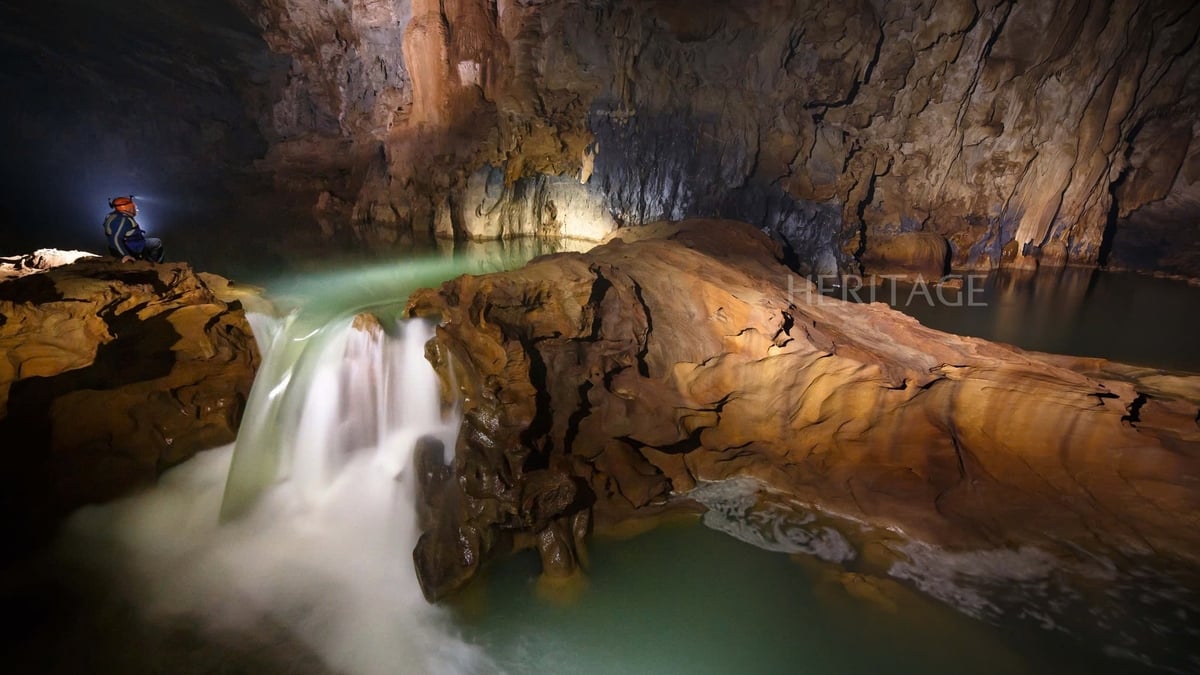

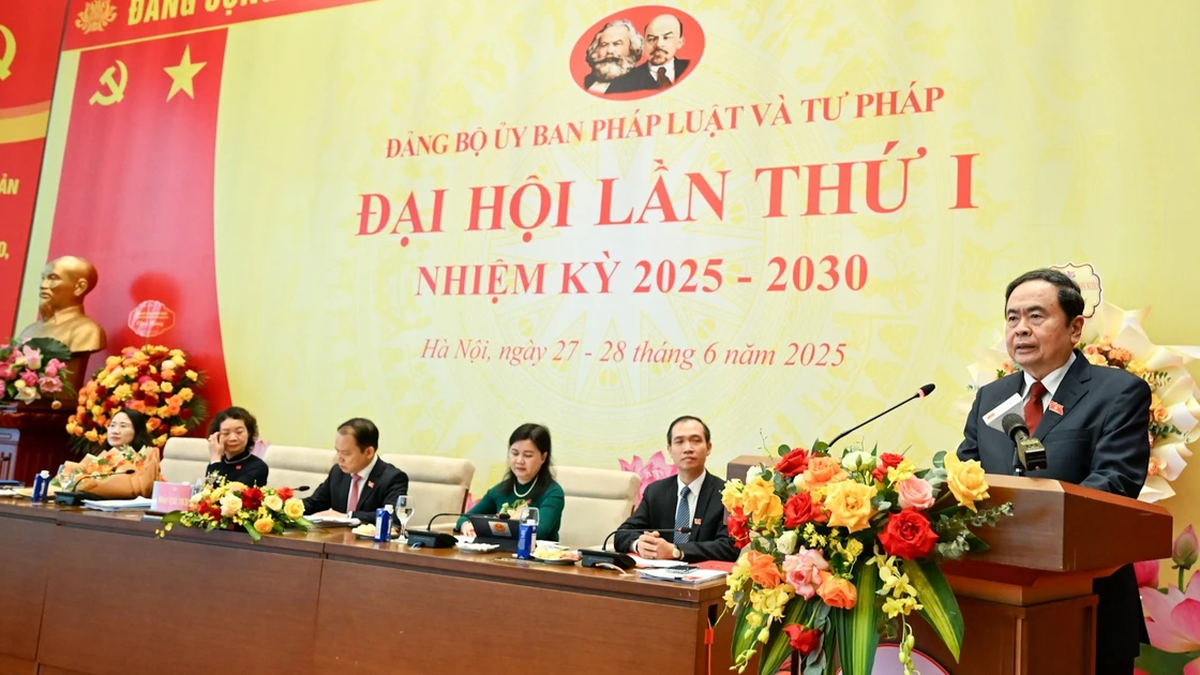



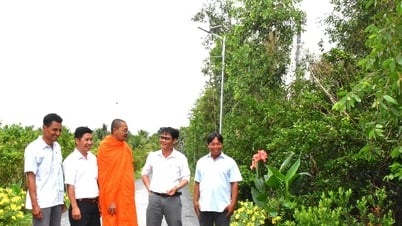


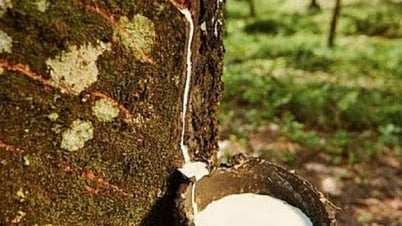





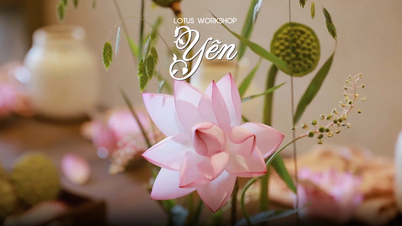



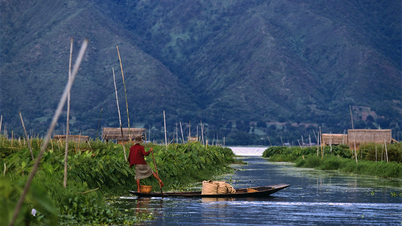



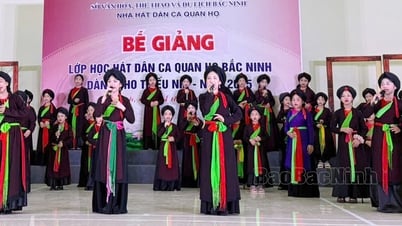

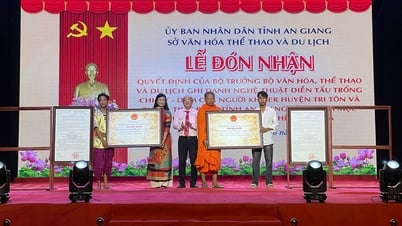

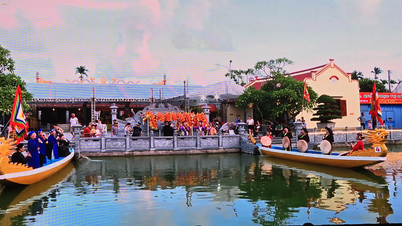

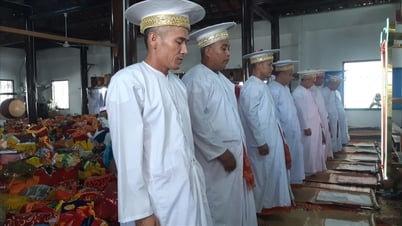

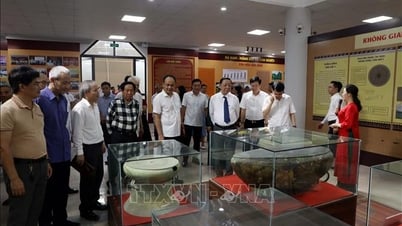









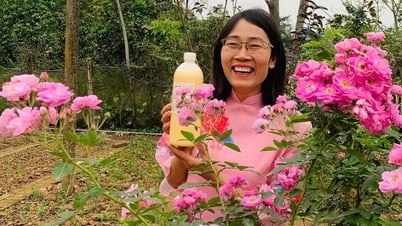

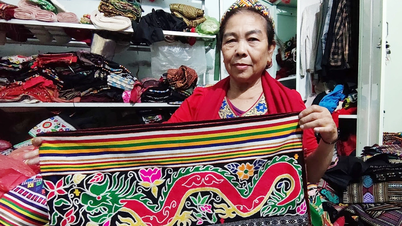








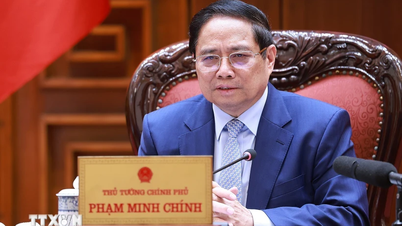




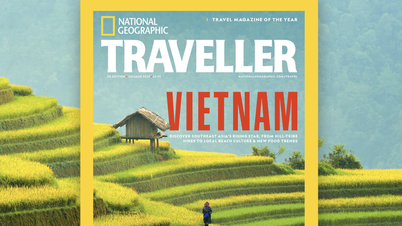











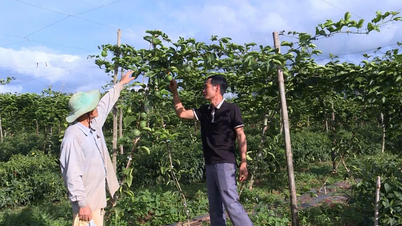

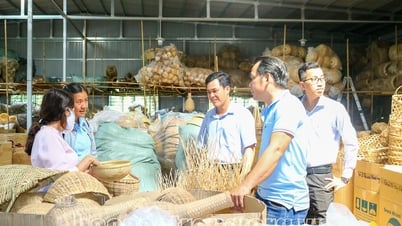

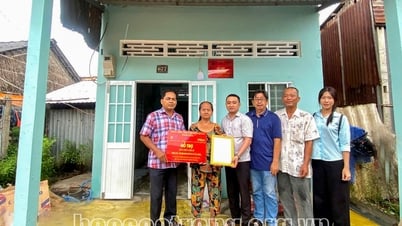
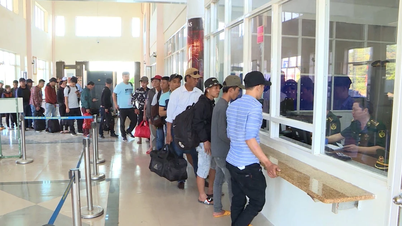














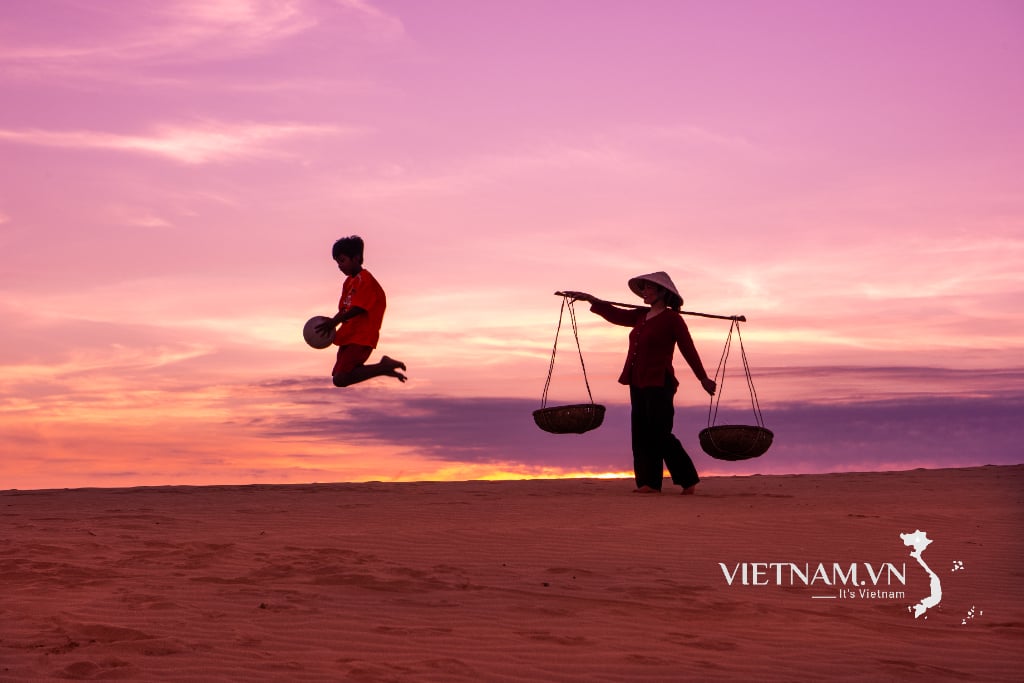
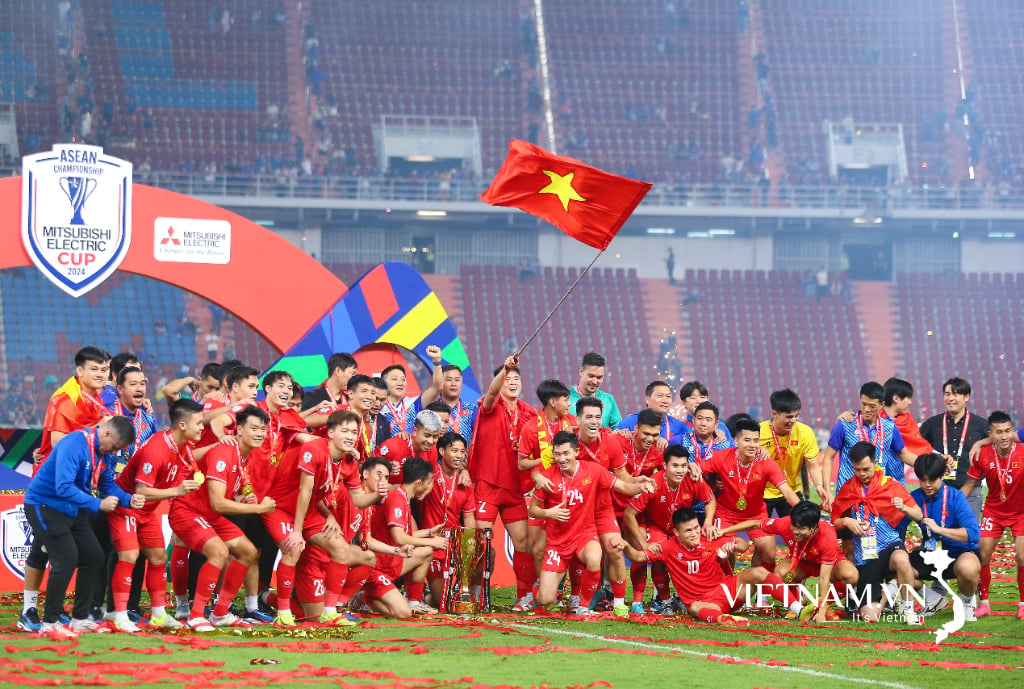
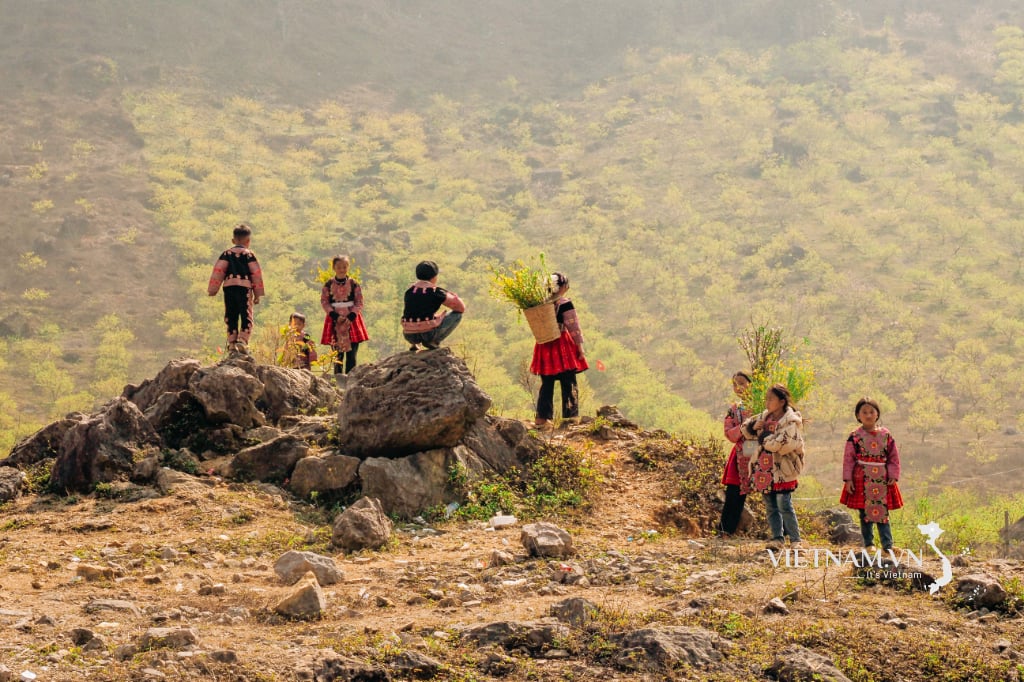
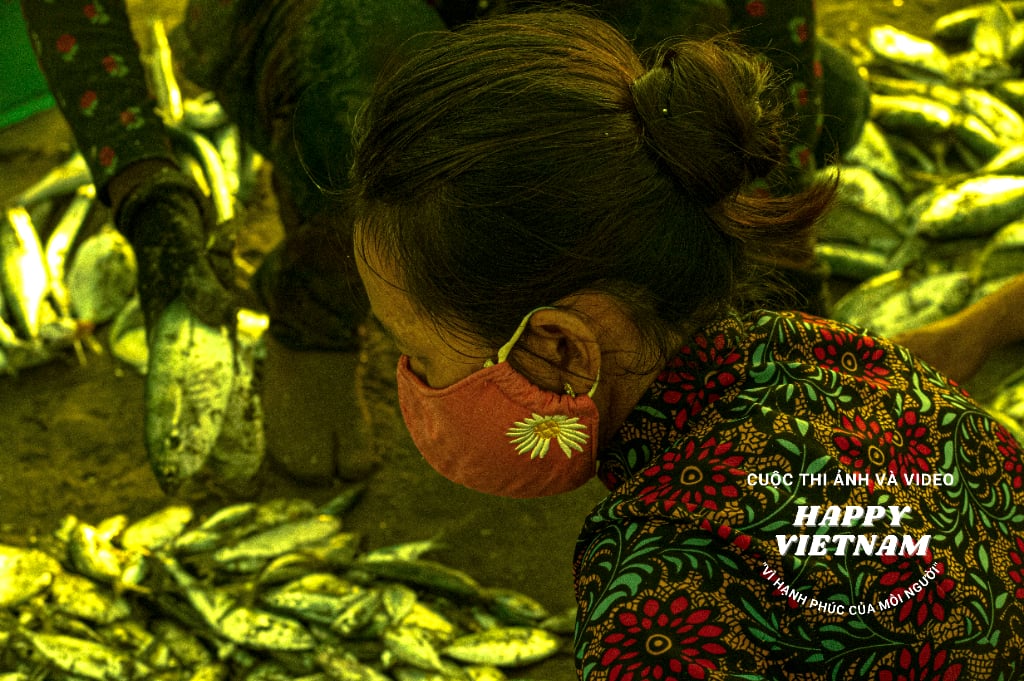
Comment (0)